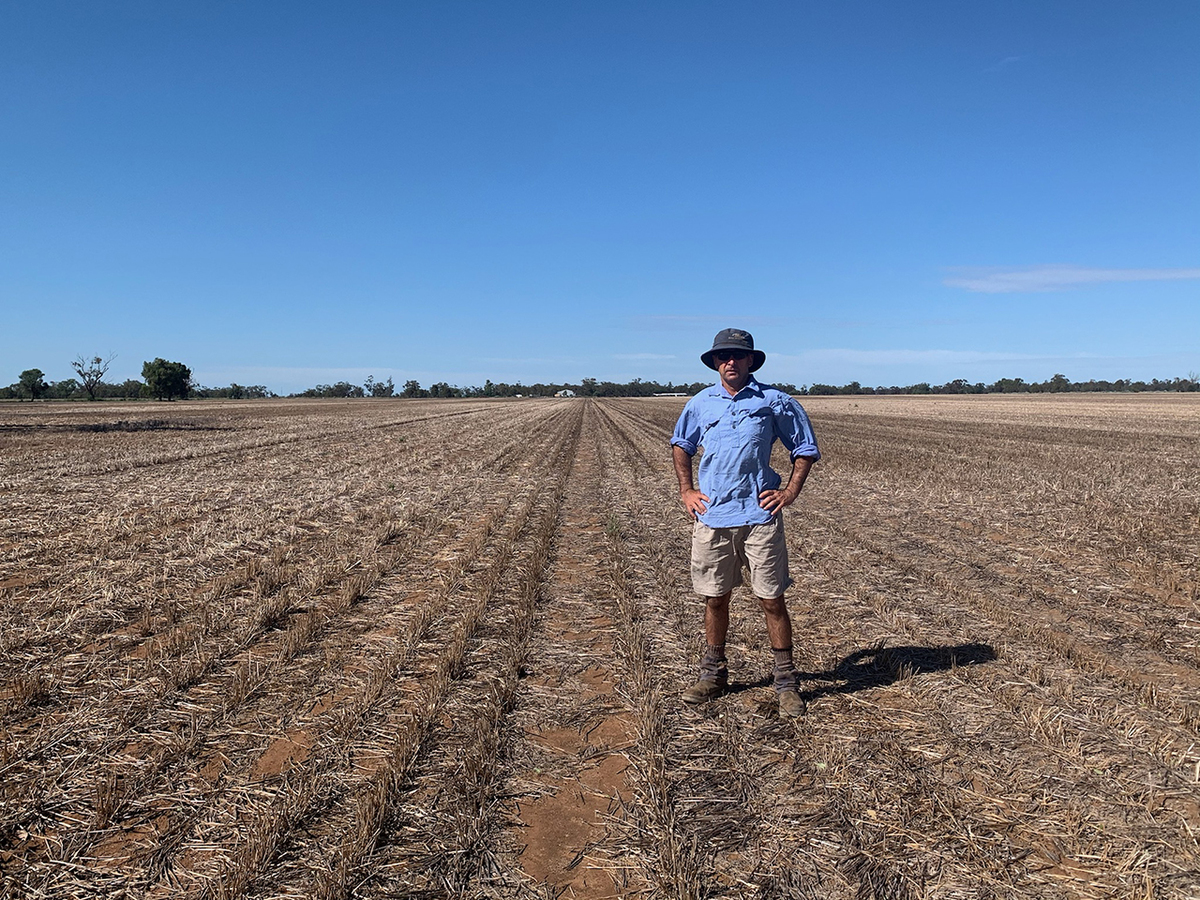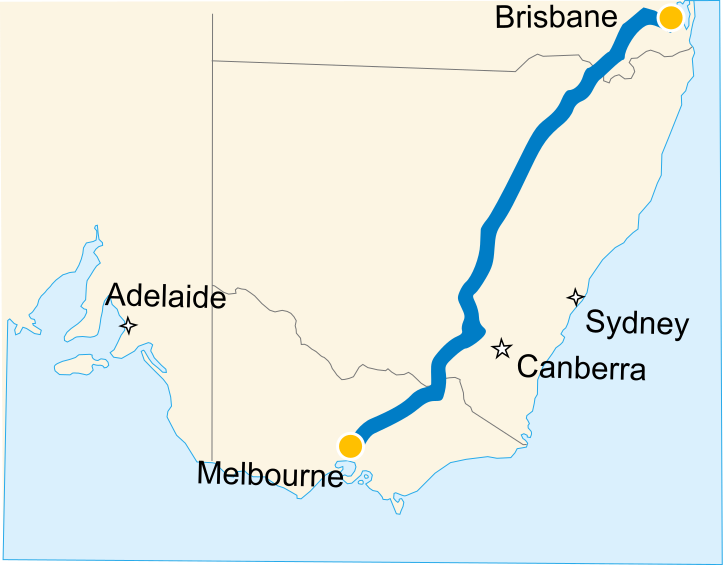Community responds to Inland Rail EIS
Oliver Brown
10 March 2021, 1:36 AM
 Local farmer David Peart is one of several landowners who have expressed concerns about the Narromine to Narrabri section of the Inland Rail
Local farmer David Peart is one of several landowners who have expressed concerns about the Narromine to Narrabri section of the Inland RailSubmissions to the Environmental Impact Statement (EIS) on the Inland Rail: Narromine to Narrabri (N2N) project are in, and many of them are less than favourable.
A total of 116 submissions were made following the release of the EIS between 8 December and 7 February from a range of individuals, organisations and public authorities.
The N2N section of the Inland Rail - linking the national freight line between Melbourne and Brisbane via almost 2000 kilometres of regional land - consists of approximately 300km of new single track rail line.
It will be constructed through a mixture of private and public property throughout the Coonamble, Narrabri, Narromine, Gilgandra and Warrumbungle shires.
A lot of this will be on private farmland and many landowners are worried about what the construction will do to their properties.
Two of these are David and Catherine Peart, who own a farming property on the edge of the Gilgandra shire. The current Inland Rail will cut through this farm in two separate places.
Ms Peart said she has several issues with the current state of the EIS, one of the main ones being the lack of communication from the ARTC in the initial stages.
"We wanted to be engaged with the process but our engagement with them has been very disappointing so far," Ms Peart said.
"We felt we've been speaking to people without the answers and often get the 'we'll get back to you' response and that never happens."
Ms Peart said she was not opposed to the idea of the project and thought it would bring a lot of benefits by linking the country to ports. However, she said she worried many rural towns would not reap many benefits.
"This feels like an inter-city rail where the benefits will not be felt by the rural towns but we'll still feel the negative impacts for years to come," she said.
"There's talk of interconnectivity, but it's not being built into the project right now - they're saying it can come later, but there have to be benefits beyond construction.
"The construction will be over in a few years, so where's the ongoing benefits for the constituents that will be impacted?"

The current route alignment of the Inland Rail connecting Melbourne and Brisbane via country Victoria and NSW
Mr Peart was a lot more blunt about his thoughts on the project and the lack of information surrounding compensation for impacted farmers.
"Bottom line, it just makes me cranky - this is a city to city route and it feels like we're just a commute on the way through," he said.
"In my opinion, this should be on line down to Coonamble so we could get some commercial benefit out of it, but right now it feels like we're being kept out of the way."
Despite this, Mr Peart said he was hoping for more discussion between locals and the ARTC now the EIS submissions were public.
This hope appears to have been reciprocated by the ARTC. ARTC Project Director, for the Narromine to Narrabri Inland Rail project Duncan Mitchell said the rail is intended to transform how goods are moved around Australia.
"Our first priority is to build a safe railway line and the EIS process exists to ensure that ARTC’s work is benchmarked against best practice as well as assessing and evaluating the relevant effects of the project," Mr Mitchell said.
"ARTC is pleased that the community has engaged strongly with the consultative process.
"Now the formal exhibition of the N2N EIS has closed, we will seek to address all public submissions in a timely manner and ensure safety continues to be built into Inland Rail’s design."
Groups like NSW Farmers, local businesses, and all five impacted councils also made submissions on the EIS, most having dozens of pages of their own concerns, some common and some unique.
Local member for Parkes Mark Coulton, who has been a major proponent for the Inland Rail, said he wasn't surprised there were so many concerns about the project and he was glad his constituents were able to air them.
"These issues definitely have to be addressed and I understand there is a lot of frustration that some things couldn't be dealt with upfront," Mr Coulton said.
"That being said, there is still a process that had to be followed - the EIS process has done what it was designed to do and now that the N2N corridor is on a specific route, then the ARTC can actually get into the individual issues that people have."
When asked about how local towns would be able to benefit from being a part of the Inland Rail in its current form, Mr Coulton said they would be able to connect to it at Curban through an upgraded line between Coonamble and Gilgandra.
"I feel like there's been a misunderstanding of how this part of the rail will work - it's meant to work as the spine to be built on over time and then be combination of interstate freighters and local trains running along the line," he said.
"I understand that the project is contentious and will impact some landholders more than others, but I ultimately believe it will benefit the people I represent."